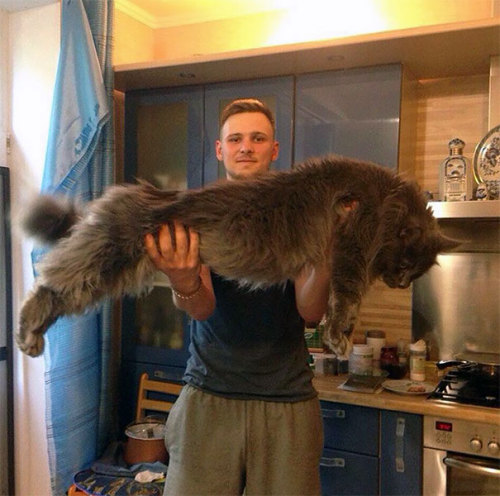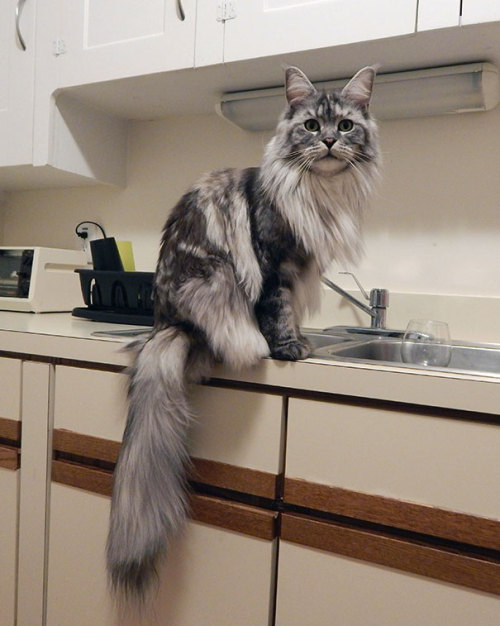differentbirdexpert-blog
26 posts
Latest Posts by differentbirdexpert-blog
Carbon and Our Changing Climate

Carbon is the backbone of life on Earth. We are made of carbon, we eat carbon and our civilizations are built on carbon. We need carbon, but that need is also entwined with one of the most serious problems facing us today: global climate change.
Forged in the heart of aging stars, carbon is the fourth most abundant element in the Universe. Most of Earth’s carbon – about 65,500 billion metric tons – is stored in rocks. The rest is in the ocean, atmosphere, plants, soil and fossil fuels.

Over the long term, the carbon cycle seems to maintain a balance that prevents all of Earth’s carbon from entering the atmosphere, or from being stored entirely in rocks. This balance helps keep Earth’s temperature relatively stable, like a thermostat.

Today, changes in the carbon cycle are happening because of people. We disrupt the cycle by burning fossil fuels and clearing land. Our Orbiting Carbon Observatory-2 (OCO-2) satellite is providing our first detailed, global measurements of CO2 in the atmosphere at the Earth’s surface. OCO-2 recently released its first full year of data, critical to analyzing the annual CO2 concentrations in the atmosphere.
The above animation shows carbon dioxide released from two different sources: fires and massive urban centers known as megacities. The animation covers a five day period in June 2006. The model is based on real emission data and is then set to run so that scientists can observe how greenhouse gas behaves once it has been emitted.

All of this extra carbon needs to go somewhere. So far, land plants and the ocean have taken up about 55 percent of the extra carbon people have put into the atmosphere while about 45 percent has stayed in the atmosphere. The below animation shows the average 12-month cycle of all plant life on Earth (on land and in the ocean). Eventually, the land and oceans will take up most of the extra carbon dioxide, but as much as 20 percent may remain in the atmosphere for many thousands of years.

Excess carbon in the atmosphere warms the planet and helps plants on land grow more. Excess carbon in the ocean makes the water more acidic, putting marine life in danger. Forest and other land ecosystems are also changing in response to a warmer world. Some ecosystems – such as thawing permafrost in the Arctic and fire-prone forests – could begin emitting more carbon than they currently absorb.
To learn more about NASA’s efforts to better understand the carbon and climate challenge, visit: http://www.nasa.gov/carbonclimate/.
Make sure to follow us on Tumblr for your regular dose of space: http://nasa.tumblr.com










Maine Coon Cats That Will Make Your Cat Look Tiny.


Camel trekking in the dunes of Erg-Chebbi
#desert #trekking #sand #dunes #camel #luxury #morocco #marrakech #africa #sport #hiking #active #leisure #health #fun

Morocco, 2015. 12/22. #volubilis #romanempire #romanruins #Morocco #landscape #moullayidriss #holiday (at Volubilis)

Moroccan Princess, Lalla Meryem

Melilla, Morocco, 1968

Jewish women and child in Meknes, Morocco; 1920′s. x

Morocco.City of khenifra.A woman with Wheat.2013

Merzouga , Morocco.

“A •{Garden}•to walk in and immensity to dream in–what more could she ask”…Victor Hugo ➖➖➖➖➖➖➖➖➖➖➖➖➖➖➖ I was literally •{Mesmerized}• by this place…I think we all are very aware of my love for plants, especially Cactus ➖➖➖➖➖➖➖➖➖➖➖➖➖➖➖ #IvesSaintLaurentGarden #Morocco #LiveColorfully (at Yves Saint Laurent - Jardin Majorelle Marrakech Morroco)


Morocco.Meknes.woman intricately weaving and knotting carpets

Oum Kalthoum in Morocco, 1968
l’origine del mondo.
Solar System: 5 Things To Know This Week
Our solar system is huge, so let us break it down for you. Here are 5 things to know this week:
1. Make a Wish

The annual Leonids meteor shower is not known for a high number of “shooting stars” (expect as many as 15 an hour), but they’re usually bright and colorful. They’re fast, too: Leonids travel at speeds of 71 km (44 miles) per second, which makes them some of the fastest. This year the Leonids shower will peak around midnight on Nov. 17-18. The crescent moon will set before midnight, leaving dark skies for watching. Get more viewing tips HERE.
2. Back to the Beginning

Our Dawn mission to the dwarf planet Ceres is really a journey to the beginning of the solar system, since Ceres acts as a kind of time capsule from the formation of the asteroid belt. If you’ll be in the Washington DC area on Nov. 19, you can catch a presentation by Lucy McFadden, a co-investigator on the Dawn mission, who will discuss what we’ve discovered so far at this tiny but captivating world. Find out how to attend HERE.
3. Keep Your Eye on This Spot

The Juno spacecraft is on target for a July 2016 arrival at the giant planet Jupiter. But right now, your help is needed. Members of the Juno team are calling all amateur astronomers to upload their telescopic images and data of Jupiter. This will help the team plan their observations. Join in HERE.
4. The Ice Volcanoes of Pluto

The more data from July’s Pluto flyby that comes down from the New Horizons spacecraft, the more interesting Pluto becomes. The latest finding? Possible ice volcanoes. Using images of Pluto’s surface to make 3-D topographic maps, scientists discovered that some mountains on Pluto, such as the informally named Piccard Mons and Wright Mons, had structures that suggested they could be cryovolcanoes that may have been active in the recent geological past.
5. Hidden Storm

Cameras aboard the Cassini spacecraft have been tracking an impressive cloud hovering over the south pole of Saturn’s moon Titan. But that cloud has turned out to be just the tip of the iceberg. A much more massive ice cloud system has been found lower in the stratosphere, peaking at an altitude of about 124 miles (200 kilometers).
Make sure to follow us on Tumblr for your regular dose of space: http://nasa.tumblr.com

Source

Moonrise by James Jordan Via Flickr: The full moon rises over Lake Michigan as rolling waves wash over the remnant of a pier.
A view from the other side









Attacks in Paris
Police officials in France say there has been a shootout in a Paris restaurant and an explosion in a bar near a Paris stadium. BFM television says there were several dead in the restaurant shooting in the 10th arrondissement of the capital. Two police officials confirmed the shooting but had no information about casualties. Also late Friday, two explosions were heard outside the Stade de France stadium north of Paris during a France-Germany friendly football match. It was unclear if the events were linked. (AP)
See more photos from Paris and our other slideshows on Yahoo News.
Live blog: Fatalities reported after explosion, shootout in Paris

From all of us here at @ABC News, Happy Halloween!

Galaxy, Stars, and Dust : Is this galaxy trapped in a web of dust? No – it is far in the background. However, spiky stars and spooky shapes are abound in this deep cosmic skyscape. Its well-composed field of view covers about a Full Moon on the sky toward the constellation Pegasus. Of course the brighter stars show diffraction spikes, the commonly seen effect of internal supports in reflecting telescopes, and lie well within our own Milky Way galaxy. The faint but pervasive clouds of interstellar dust ride above the galactic plane and dimly reflect the Milky Way’s combined starlight. Known as high latitude cirrus or integrated flux nebulae they are associated with molecular clouds. In this case, the diffuse cloud cataloged as MBM 54, less than a thousand light-years distant, fills the scene. The galaxy seemingly tangled in the dust is the striking spiral galaxy NGC 7497 some 60 million light-years away. Seen almost edge-on near the center of the field, NGC 7497’s own spiral arms and dust lanes echo the colors of the Milky Way’s stars and dust. via NASA
js

M42: Inside the Orion Nebula
js

Hello Henry.
Photo of the Day! Henry the Harbor Seal makes a cameo during Alex Robert’s freedive off Laguna Beach. Have an awesome animal encounter? Share it with us at gopro.com/awards